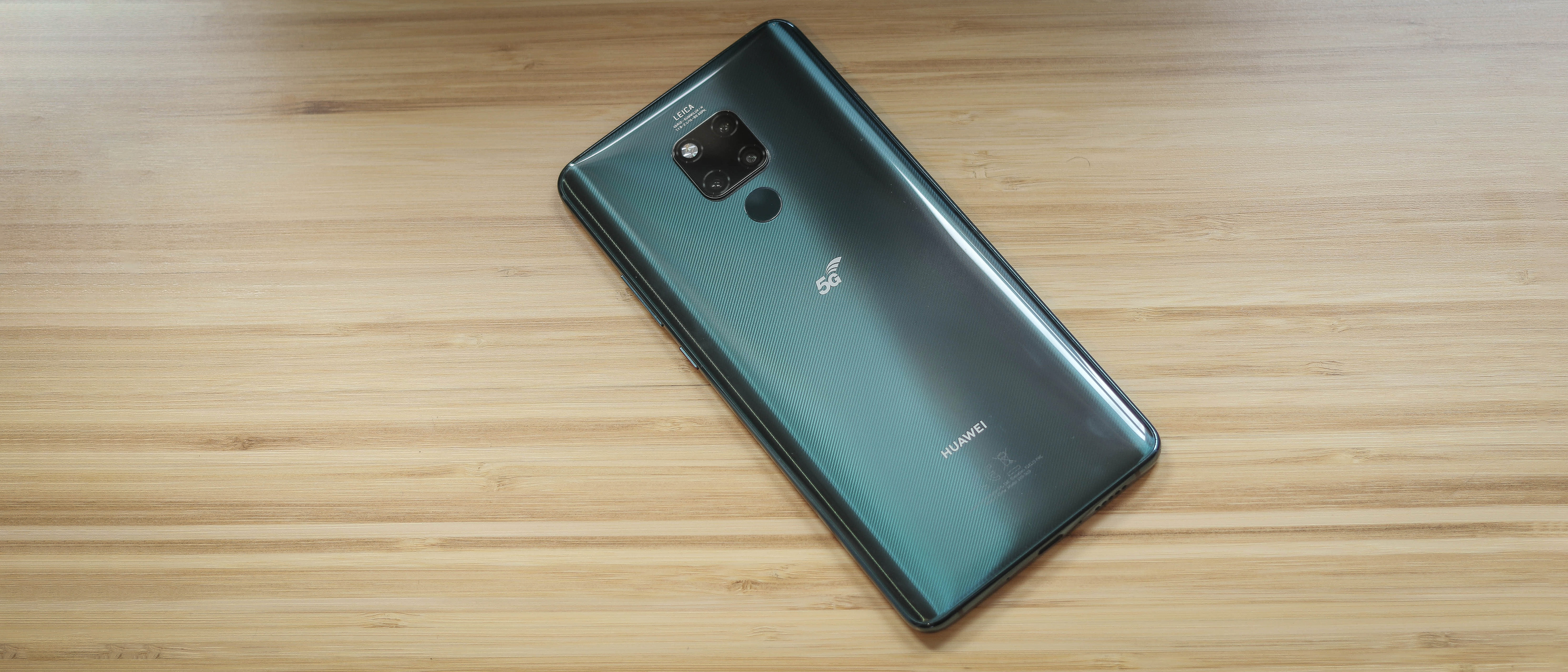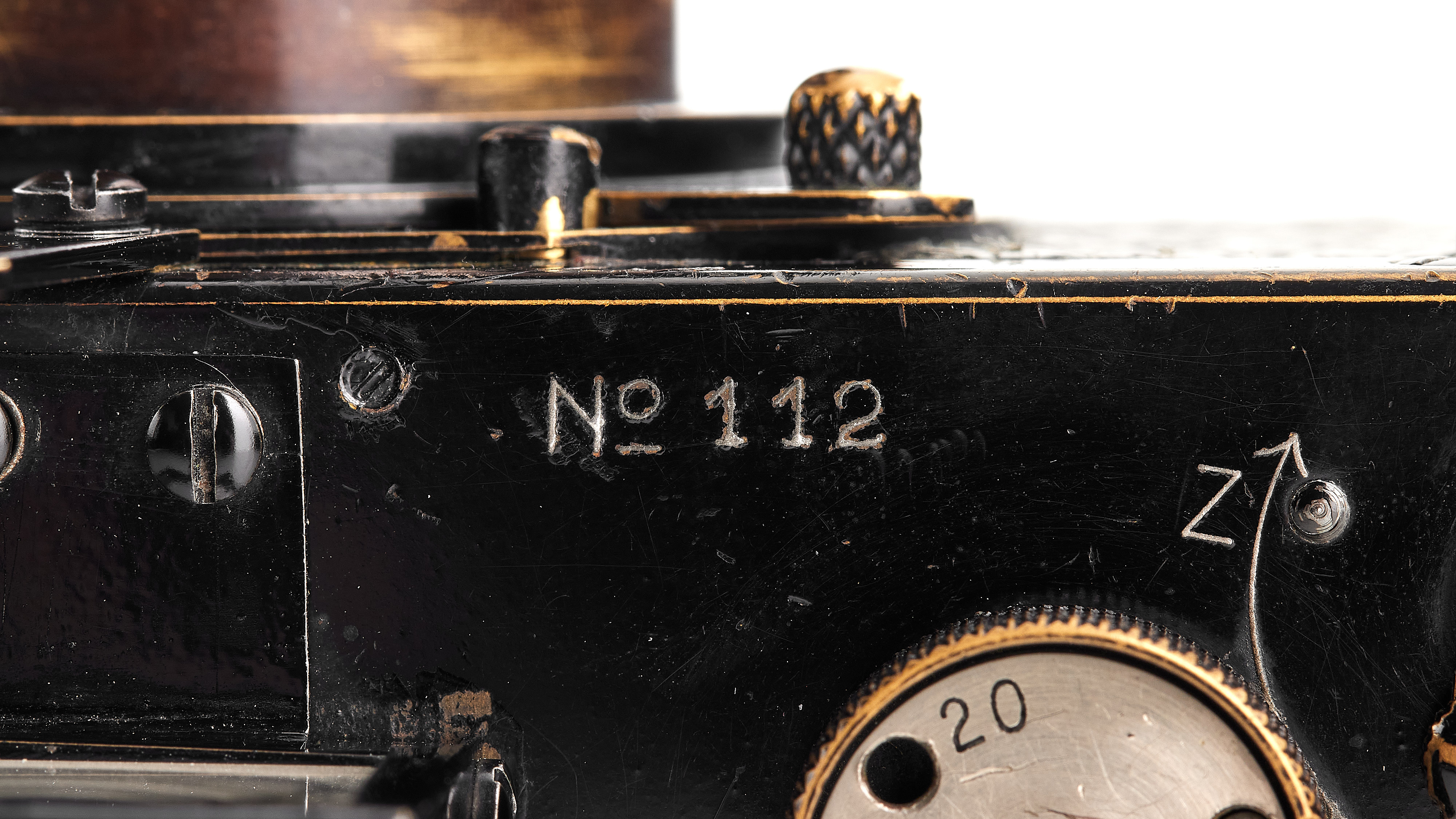Digital Camera World Verdict
The Huawei Mate 20 X 5G is a lot of fun to use. It’s got a huge screen which makes for a sensational viewfinder; its camera is very capable and when you can find 5G coverage, its mobile internet speeds fly, unless it’s peak time, in which case, they glide. That said, it’s essentially a phone that launched in 2018, the original Mate 20 X, with a few tweaks and a much higher price. When the price drastically drops, it’ll be a lot easier to recommend, but right now, it’s outgunned by more affordable 4G options.
Pros
- +
Versatile stills and video camera phone
- +
Fast mobile internet when 5G is available
- +
Huge, gorgeous HDR10 display
Cons
- -
Will be too big for most
- -
UK price is too high
- -
5G coverage is patchy (as of Sept 2019)
Why you can trust Digital Camera World
Huawei’s Mate 20 X 5G is a variation of the original Mate 20 X, announced almost a full year ago. It features the same processor, camera, screen and general design, with a few modifications.
In some ways, it’s better; it has fast 5G, just like the Samsung Galaxy S10 5G, with availability on EE, Three UK and Vodafone in the UK, though, naturally, this being Huawei, it won’t be easy to find in the US.
The 5G Mate 20 X also charges quickly thanks to incredibly fast 40W charging - compared to 18W charging on the new iPhone 11 Pro. The 5G version also has 256GB storage as standard, as well as 8GB RAM.
But it’s also worse than the original too. For starters, it has a much smaller battery, down from 5000mAh to a Huawei 30 Pro-sized 4200mAh. Given the phone’s huge, 7.2-inch screen, which out-sizes the Note 10 Plus, that capacity doesn’t fill us with optimism. The 5G version of the Mate 20 X also ditches the headphone jack, without being any thinner than its 4G counterpart.
Huawei Mate 20 X 5G: price, specs and features:
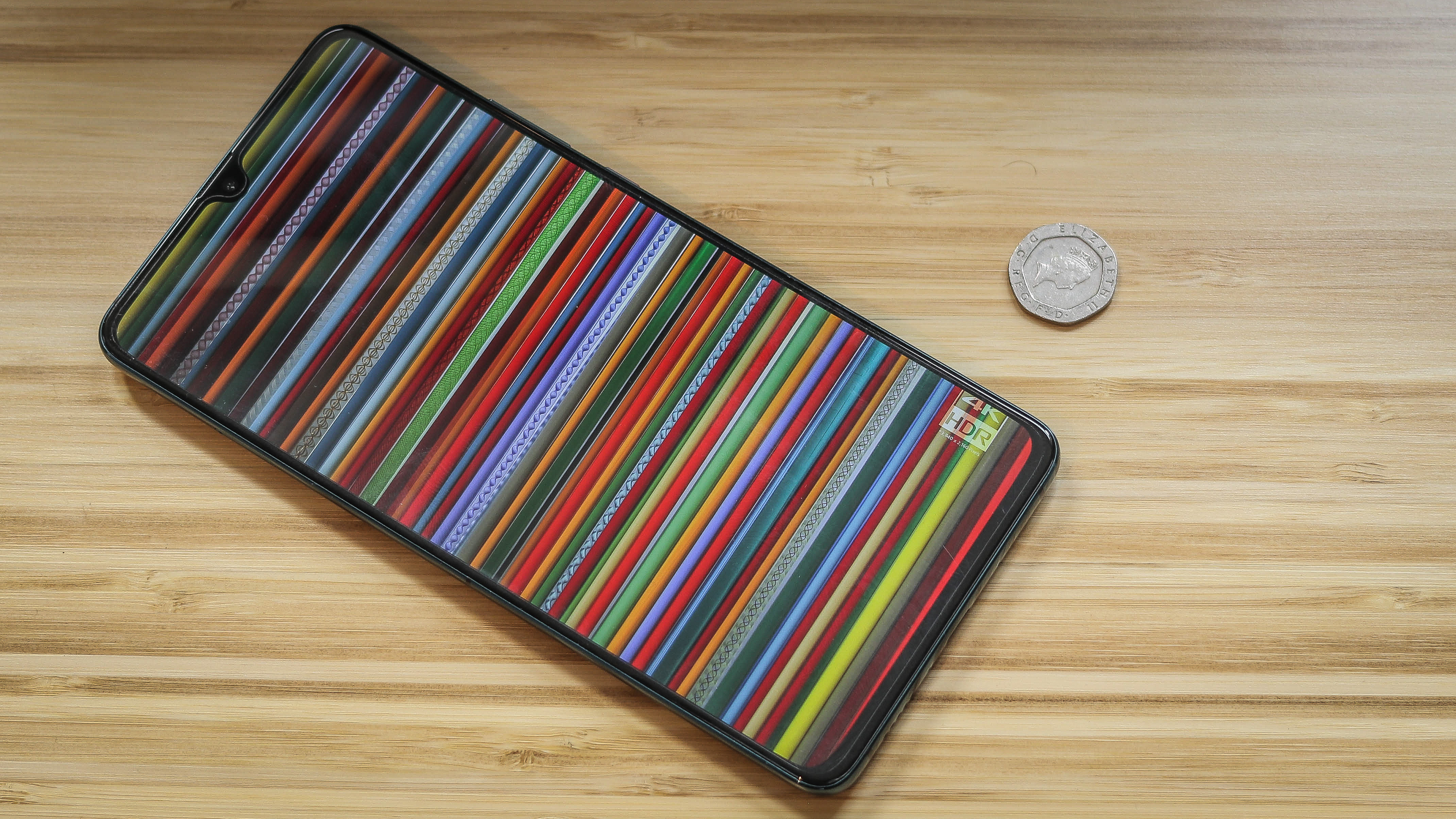
The Huawei Mate 20 X 5G costs £999 double the price of the original Mate 20 X in the UK at the time this review is being written. That’s a huge amount of money, and the same as you’d be paying for the 4G Samsung Galaxy Note 10 plus, arguably the best Android smartphone out now.
But what’s the Mate 20 X 5G made of to command such a high asking price?
Gorilla Glass on the front and back, and a premium, polished metal frame are a good start. It looks and feels great when you’re swiping through it, thanks to a Kirin 980 processor within, combined with 8GB RAM.
The best camera deals, reviews, product advice, and unmissable photography news, direct to your inbox!
That said, it can’t stack up to even Huawei’s finest in a number of respects. There’s no wireless charging, for example. Nor is there a periscope camera, with the telephoto camera, with its optical zoom capping out at 3x, just like the OnePlus 7 Pro.
One thing it does have is access to the Google Play Services, something the upcoming Huawei Mate 30 Pro won’t feature, and the phone’s UI, EMUI 9, which runs on Android 9 is very smooth and offers great app support. Huawei has also guaranteed that the Mate 20 X 5G will be supported both by Huawei, and from a Google Play Store point of view going forward, making it the last phone from the manufacturer to launch with that accolade, until the Google ban is lifted, if the ban is lifted.
As for the battery, it just makes it through a day with moderate use. Heavy 5G use or photography will drain it dry by the early evening, though the fast charging tops it up swiftly, and takes it from 0-100% in around an hour.
So should you buy the Mate 20 X 5G? If you want the biggest phone on the scene and need 5G data speeds, everything checks out well, provided you can stomach the price. If you are okay with 4G data speeds, 128GB storage and 6GB RAM, then the original Mate 20 X incredibly easy to recommend. As for the cameras, they are identical, and this is how they stack up…
Huawei Mate 20 X 5G: Camera specs
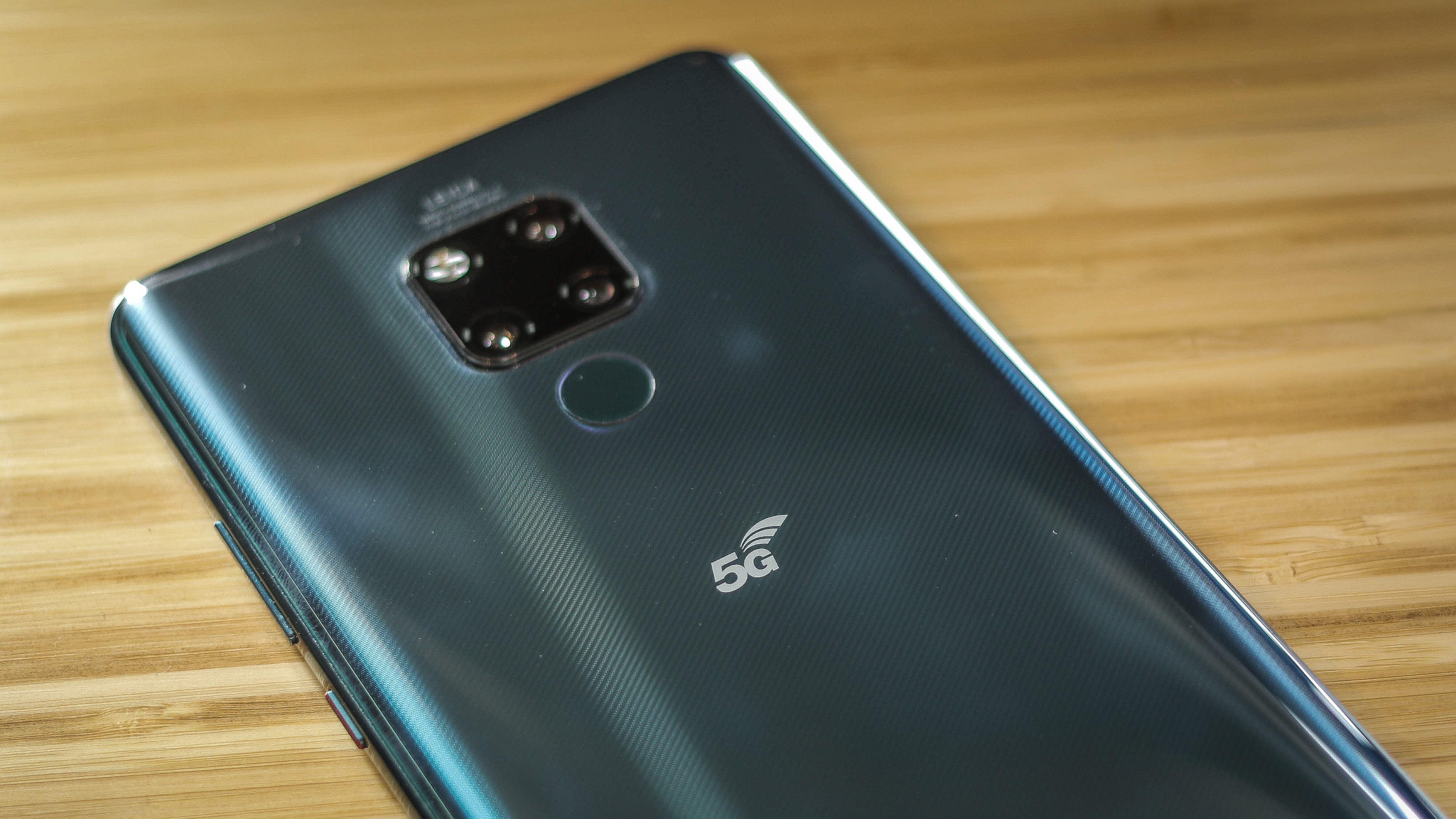
The Huawei Mate 20 X 5G’s rear triple camera system is comprised of a 40MP primary camera (f/1.8, 27mm) with a 1/1.7-inch sensor, complete with phase detection autofocus (PDAF) and laser autofocus.
The telephoto 8MP camera (f/2.4, 80mm) features a 1/4-inch sensor, PDAF, laser autofocus and OIS, which equates to a 3x optical zoom. The ultrawide 20MP (f/2.2, 16mm) interestingly supports PDAF and laser autofocus too, which most ultrawide lenses don’t. It’s capable of capturing extreme macro shots as a result, though it doesn’t feature OIS.
As for the selfie camera, there’s a 24MP sensor with a 26mm wide-angle, f/2.0 lens, and unlike the selfie camera on Samsung’s Galaxy S10 and Note 10 line, the Mate 20 X 5G’s doesn’t include autofocus.

Zoom range from the triple camera array
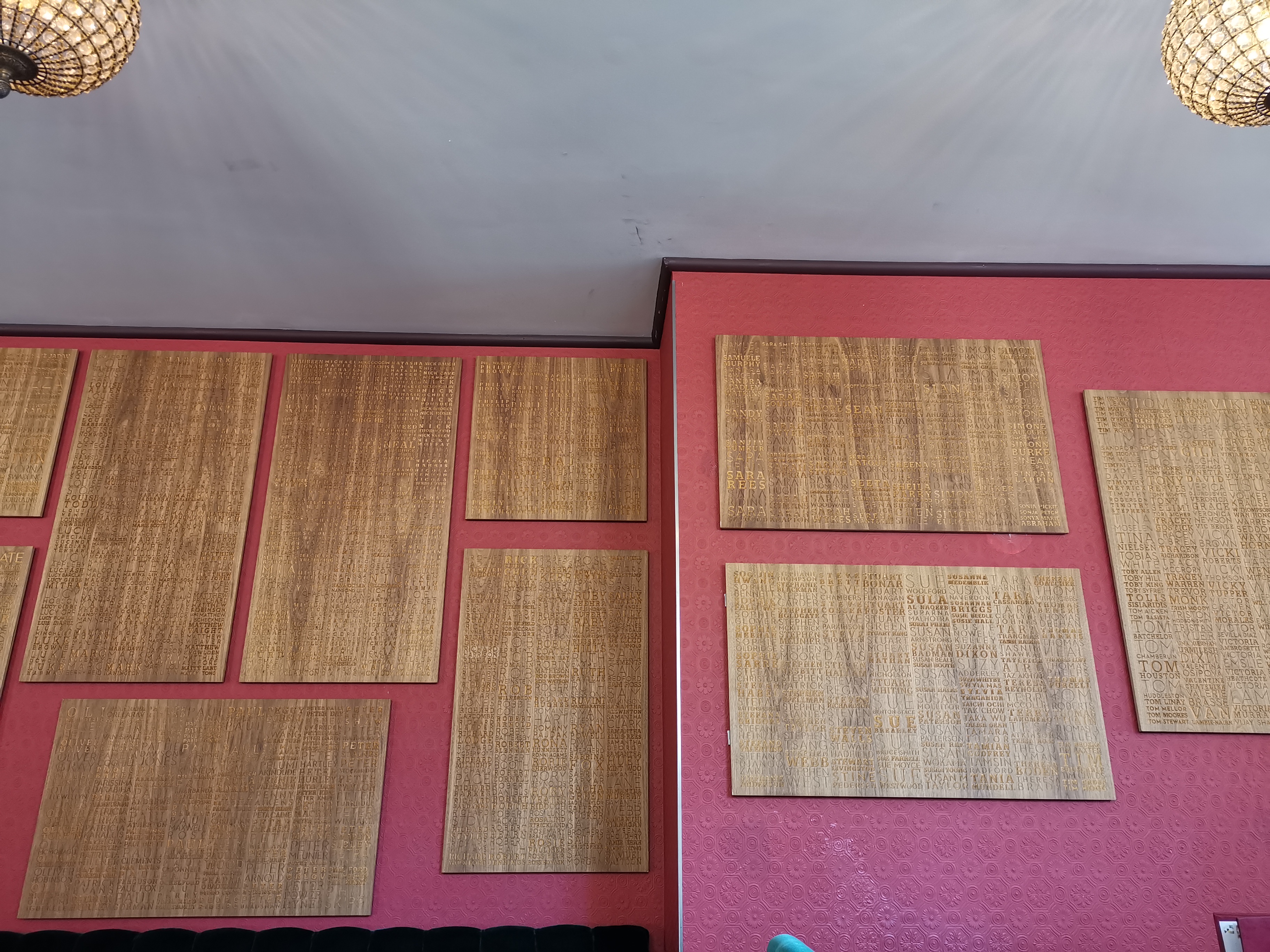
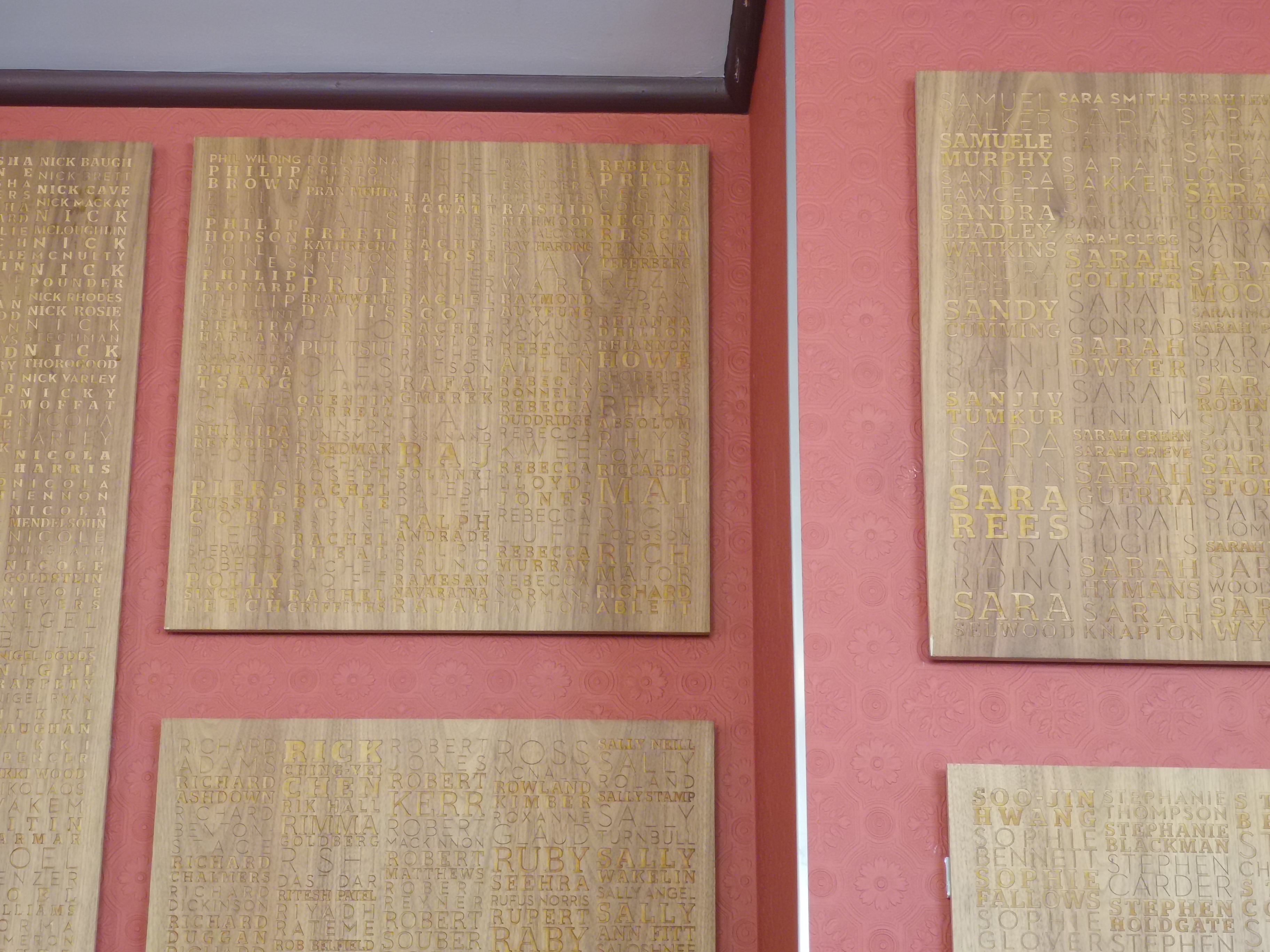

The Mate 20 5G has a lot of shooting modes: Photo (automatic), Video, Pro, Portrait, Night and Aperture (background defocus) are all displayed along a horizontally scrolling back at the bottom of the screen when the phone’s held in portrait orientation.
Dive into the ‘More’ tab, and you get Slow-Mo, Panorama, Monochrome, AR lens, Light painting, HDR Time-lapse, Moving picture, Stickers, Documents and Super macro. Across most of these, you can choose whether to shoot with the ultrawide, wide or telephoto cameras.
Photos are captured at full 10MP resolution by default, and videos can be recorded at up to 30fps in 4K resolution. Slow-motion video can be captured at 120fps at 1080p, or as fast as 960fps at 720p (32x slow-mo).
The front camera can record 1080p at 30fps, though if you want to fire up the live beauty mode, it caps out at 720p.
Huawei Mate 20 X 5G: sample images
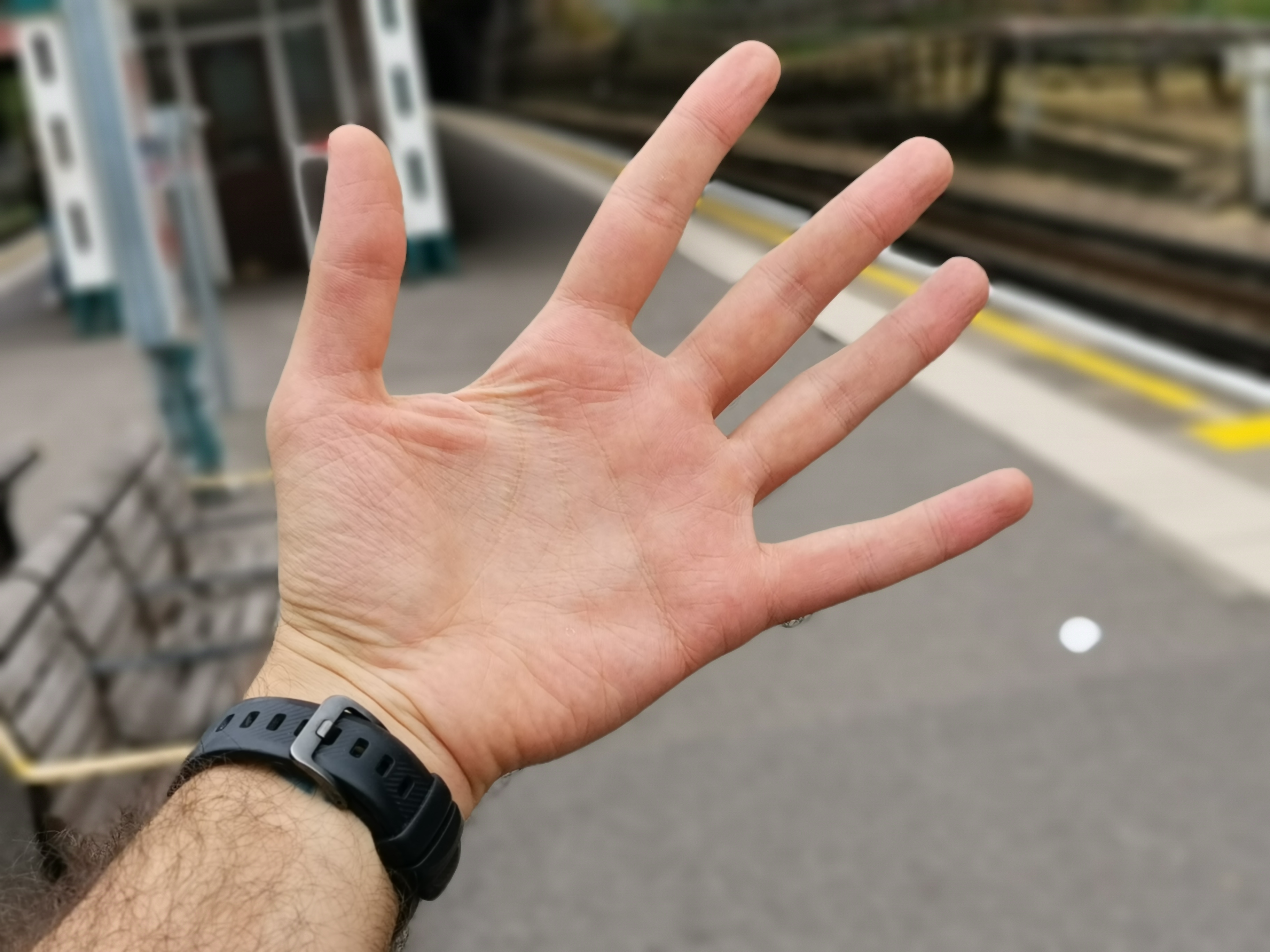




Huawei Mate 20 X 5G: Camera performance
The Mate 20 X 5G’s automatic mode has been significantly improved since the phone launched. While it was no slouch back in 2018, software updates to the Mate 20-series have added P30-esque computational photography smarts when it comes to low light stills capture.
Complete with scene recognition, it’s able to boost saturation and contrast across elements on an object by object basis, with the Mate 20 X 5G’s discerning eye able to tell the difference between cats, dogs, landscapes, old buildings and more. Given the fact AI scene detection is on by default, you might not realise you’d be better off switching it off at times. Pictures can look a bit too vibrant, especially when there’s a lot of green in the scene. Additionally, skin tones can look too warm.
Turn AI mode off, and colors become significantly more muted. The phone captures a decent amount of detail, even though its images are shot at 10MP, though if you want to get more information from a scene, just jump into the settings and you’ll be able to activate 40MP capture. The camera can also shoot RAW in Pro mode which gives you even more flexibility if you’re a fan of Lightroom Mobile.
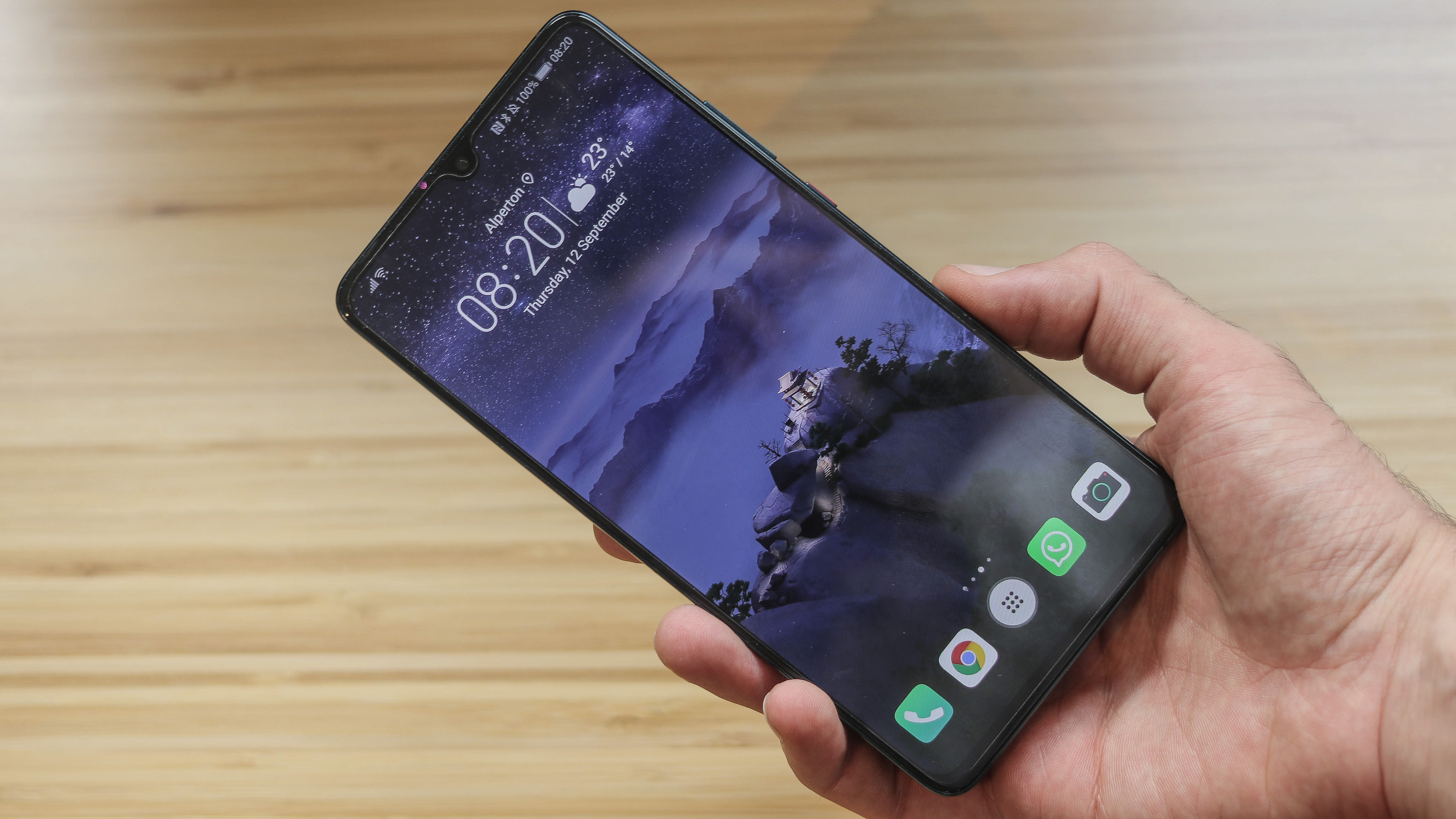
When the lights drop, the Mate 20 X 5G has enough computational photography smarts to see in the dark, whether in night mode or automatic mode. While results from it are comparable to the night mode of the Pixel 3, Huawei’s ability to fire up excellent low light shooting without needing to manually change mode makes it more convenient. If you have a tripod, you will likely still be better off with a manual long exposure, but for handheld photography, very little comes close.
The Mate 20 X 5G does brighten things up quite a bit though, leaning towards overexposing dark scenes, though provided you don’t have a very shaky hand it captures a fair amount of detail. While we don’t know how it will stack up the Apple’s new iPhone 11 Pro which has improved low light photography capabilities, it wipes the floor with the iPhone Xs.
Jump into Pro mode, and you can shoot with an ISO sensitivity up to 102,400, or a shutter speed of as long as 30 seconds.
Video shot on the Mate 20 X 5G looks stable and clean in well-lit conditions, and mediocre to poor in badly lit environments. Unlike phones like the Oppo Reno 10X Zoom, it supports recording across all three optical focal lengths. The core video quality is sharp, if a little high in contrast, with stabilization working across 4K and Full HD video.
The absence of 60fps 4K is a shame for content creators who want to slow down their video in post, but Huawei does load its new phones up with a live colour picker, live background defocus and other effects other phones don’t offer.
Huawei Mate 20 X 5G: Verdict
The Huawei Mate 20 X 5G is a lot of fun to use, whether you’re a photographer, gamer or just love watching streaming videos. It’s got a huge screen which makes for a sensational viewfinder, and HDR content plays back on it sensationally. The Mate 20 X 5G’s camera is also very capable, having received updates since it launched that keep it competitive, and when you can find 5G coverage, the phone flies.
That said, it’s essentially a phone that launched in 2018 with a few tweaks and a much higher price. When you can pick it up at £500-600, it’ll be a lot easier to recommend, but right now, it’s outgunned by more affordable 4G options, not least of all, the Mate 20 X.
Read more:
The best 5G phone for photographers in 2019
What is 5G? And what does it mean for photographers?
The best add-on lenses for iPhone and Android
The best gimbals for your iPhone, GoPro and camera
Basil Kronfli is a freelance technology journalist, consultant, and content creator. He trained in graphic design and started his career at Canon Europe before moving into journalism. Basil is also experienced in video production, independently running the YouTube channel TechEdit, and during his time at Future, he worked alongside the Digital Camera World team as a senior video producer.
